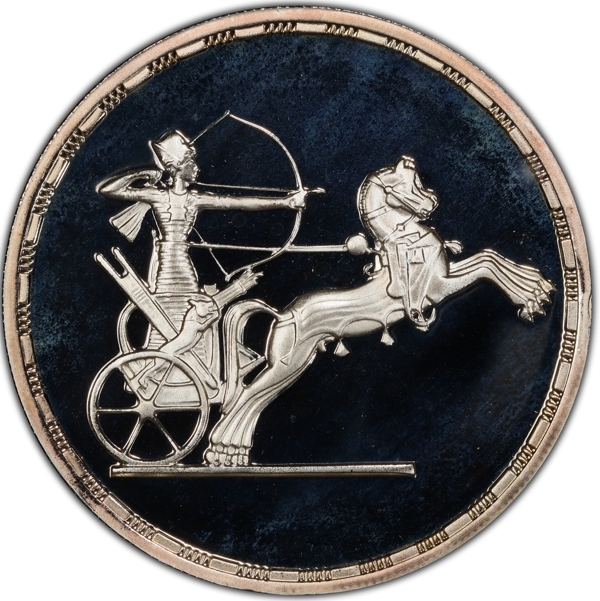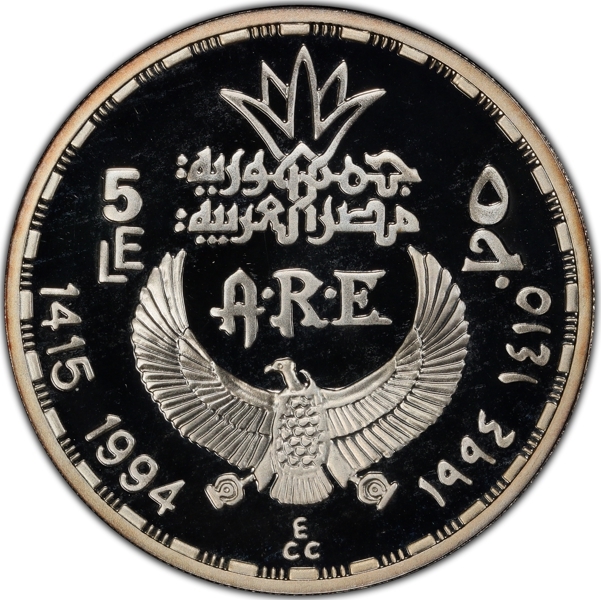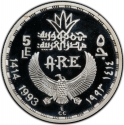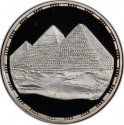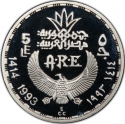You are about to finish your registration. Please check your mailbox (including spam folder). There should be a letter with a confirmation link. Check setting to make sure that your e-mail address is correct.
Send letter againDescription
Ramesses II (variously also spelled Rameses or Ramses, 'Ra is the one who bore him' or 'born of Ra', c. 1303 BC – 1213), also known as Ramesses the Great, was the third pharaoh of the Nineteenth Dynasty of Egypt. He is often regarded as the greatest, most celebrated, and most powerful pharaoh of the New Kingdom, itself the most powerful period of Ancient Egypt. His successors and later Egyptians called him the "Great Ancestor".
Ramesses II led several military expeditions into the Levant, reasserting Egyptian control over Canaan. He also led expeditions to the south, into Nubia, commemorated in inscriptions at Beit el-Wali and Gerf Hussein. The early part of his reign was focused on building cities, temples, and monuments. He established the city of Pi-Ramesses in the Nile Delta as his new capital and used it as the main base for his campaigns in Syria.
At fourteen, he was appointed prince regent by his father, Seti I. He is believed to have taken the throne in his late teens and is known to have ruled Egypt from 1279 to 1213 BC. Estimates of his age at death vary; 90 or 91 is considered most likely. Ramesses II celebrated an unprecedented thirteen or fourteen Sed festivals (the first held after thirty years of a pharaoh's reign, and then, every three years) during his reign—more than any other pharaoh.
Obverse

|
Depicts the golden warrior (pharaoh Ramesses II driving a war chariot). |
|---|---|
Reverse

|
Stylized state name (Arab Republic of Egypt) divides denomination in Arabic and English and abbreviation of state name (A.R.E.) below, the date in Arabic (Hijri) and Western (Georgian) divides by a vulture with open wings. Engraver's initials (ECC) below. 5 ٥ جمهورية مصر العربية |
| Edge |
5 Pounds
Pharaonic Treasure / Ancient Egyptian Art
Golden Warrior
Subscribe series
KM# 784
Pharaonic Treasure / Ancient Egyptian Art
Golden Warrior
